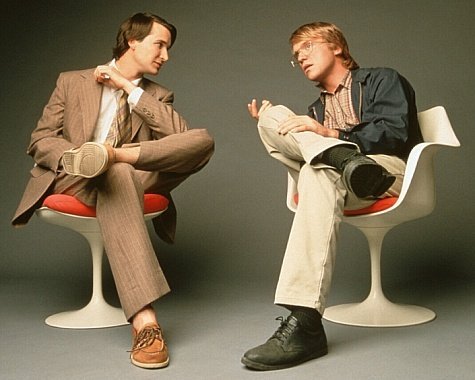Courier makes progress, marches on right brain
It seems that Microsoft and Apple are set to have another Mac vs. Windows style showdown over tablets in the near future. I just hope we get arguments as classic as those based on “Look & Feel” out of the deal. Maybe even a made for TV movie?

Anyway, according to Engadget, the Courier concept seems to be edging closer to reality, with Microsoft posting job descriptions for the project team. So it’s no longer an “if” with this product; the real question is who might the dual screen gadget be marketed towards? If writer Ross Rubin is thinking correctly, we could see a computing pole shift, with creative pros living and dying by their Couriers and iPads being used by the casual crowd.
Here’s hoping instead that Microsoft rolls the Courier experience into the iPad iteration of Office that the Mac Business Unit is cooking up AND releases an actual piece of hardware. A little competition never hurt, but let’s not start a fight that only causes customers to lose out on important innovations. This isn’t the 90s and we already have Apple v. Adobe on our plates!
(From Case for the iPad)



